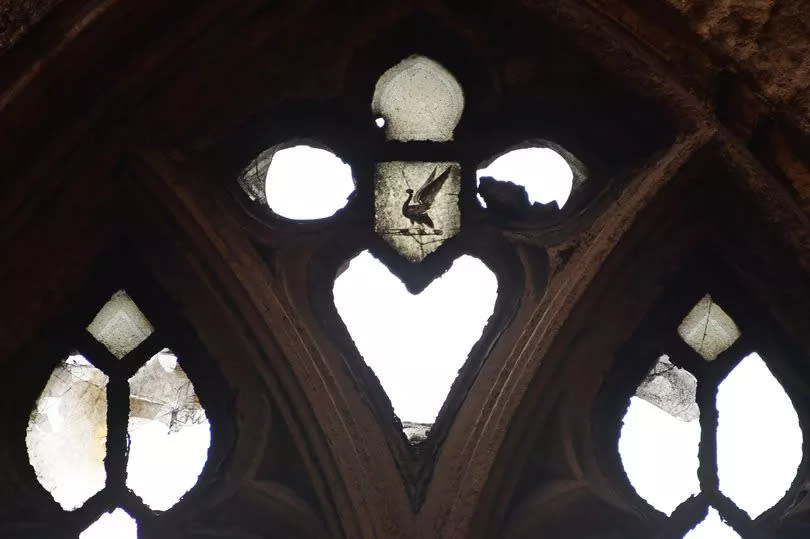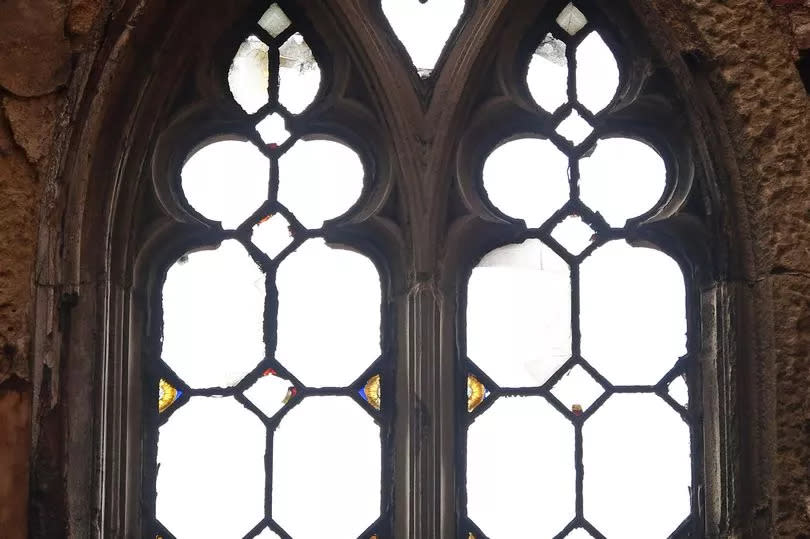City's hidden liver bird not even bombs could destroy

A symbol of the city, the mythical Liver Birds have been proudly perched on the top of the Royal Liver Building for well over a century.
The famous statues, known as Bella and Bertie, have been there since it was built in 1911. But the story of the liver bird is said to date back much further to 1207, when King John decided to award Liverpool a Royal Charter, officially making it a town.
The document was sealed with the image of a bird - and so, the liver bird was born. Through the years, the symbol has been found across the city - but there's also a hidden feature of St Luke's Church that you've probably never noticed, the ECHO previously reported.
READ MORE: 'Les the Painter' and the 'Black Phantom' among the ghosts who roam Liverpool's theatres
READ MORE: Grandad second-guessed daughter when she told him to get an early train to town
Liverpool's 'Bombed Out Church' is an iconic local landmark at the heart of Liverpool city centre and now acts as an event space and a meeting point. But it has also played an important part in our local history.
In the spring of 1941, the German Luftwaffe carried out a series of devastating raids on Liverpool over a seven day period, which became known as the May Blitz. St Luke's was hit by an incendiary device and the building blazed for three days. As it was struck in the early hours no lives were lost.

When the flames were finally extinguished, only the shell of the building remained, after which it became known far and wide as the Bombed Out Church. The building survived a number of demolition threats but remained closed to the public until as recently as 2007 when it began to be used for arts and community events.
Since then it's played host to live music events and even weddings, as well as becoming an outdoor hospitality venue. But despite being such an iconic local landmark and being frequented by countless event attendees every year, there's one feature most people have never noticed.
Have you noticed this hidden liver bird? Let us know in the comments section below.
In one of the former stained glass windows, a tiny liver bird remains despite the rest of the feature being shattered. The falling bombs and resulting blaze couldn't destroy this little liver bird, which remains at the centre of the window 80 years on from the May Blitz.
Perhaps what is most remarkable about the liver bird is that nearly every other pane of glass throughout the building shattered, while this tiny remnant remains. The building of St Luke’s began in 1811 and was completed 20 years later.
The church is a notable example of what's known as the Georgian Perpendicular Gothic style. It features the first metal bell frame in the world - previously, all bell frames were made of wood.
Receive newsletters with the latest news, sport and what's on updates from the Liverpool ECHO by signing up here

 Yahoo News
Yahoo News 
